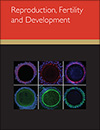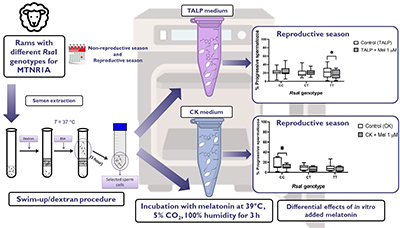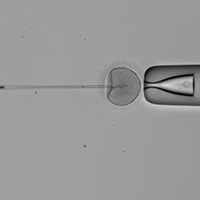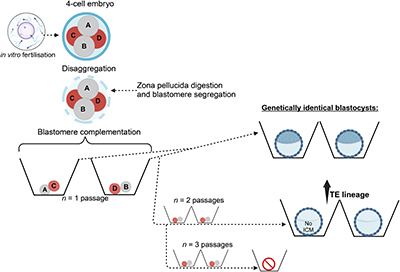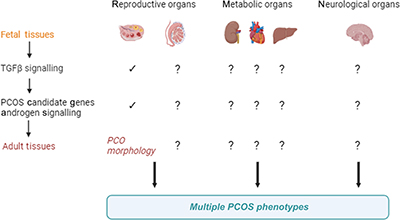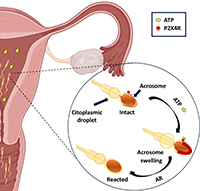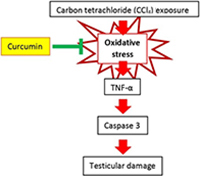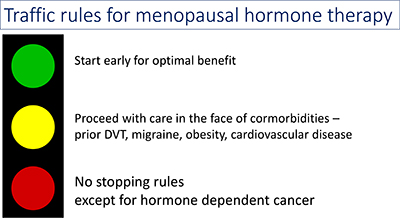Reproduction, Fertility and Development
Volume 36
Number 10 2024
Melatonin regulates seasonal reproduction in ovine species. This study explores the influence of the melatonin receptor gene and its variants on the response of ram spermatozoa to melatonin in different seasons and media. Results revealed that having specific variants of the gene affects how sperm cells react to melatonin. Understanding these genetic variations could aid in enhancing reproductive techniques in ovine species. Image by Victoria Peña-Delgado.
This article belongs to the Collection Non-photoperiodic Actions of Melatonin.
Intracytoplasmic sperm injection, better known by its acronym ‘ICSI’, is a technique that enables the injection of a single sperm into an egg. Since first practiced in 1992 with human sperm and eggs, it has revolutionised the treatment of male infertility, and an estimated 6 million children have since been born. However, it is not without controversy, especially concerning the long-term health of children conceived through ICSI, as well as the recent push towards automation of sperm selection and injection. Image by M. Inge.
This article belongs to the Collection Dedication to Jim Cummins.
Reproductive technologies that advance in vitro embryo production while directing cell lineage specification are beneficial for both agriculture and biomedical applications. Multiple passaging of bovine embryos subjected to blastomere complementation allows for the production of genetically identical embryos from a single fertilised egg while shifting cell lineage pluripotency towards trophectoderm lineage specification. These findings may be further developed as alternative strategies for producing genetically identical cattle with desirable traits and trophoblast stem cell models for embryo technologies and placental biology. Diagram by Bradford W. Daigneault and Maura S. McGraw.
Polycystic ovary syndrome (PCOS) is a complex disorder with an unknown aetiology; although foetal and genetic origins have been implicated. Ovaries of PCOS women are more fibrous, suggesting involvement of transforming growth factor beta (TGFβ) signalling molecules. We identified strong correlations between TGFβ signalling molecules and PCOS candidate genes in multiple human foetal tissues associated with reproduction, metabolism, and neurology. Thus, alteration in TGFβ signalling during foetal development could affectdevelopment of multiple organs leading to the numerous symptoms of PCOS observed in adult life. Image by Katja Hummitzsch.
Reproductive systems express different ion channels and transporters that release ATP into their lumens, which may regulate sperm physiology. Epididymal ATP has been suggested to influence basal sperm motility. Oviductal ATP triggers a head sperm volume increase which contributes to acrosome reaction. Image by López-González, I.
This article belongs to the Collection Dedication to Jim Cummins.
Carbon tetrachloride (CCl4) is a chemical widely used in industry. Although CCl4 exposure has significant toxicity on the liver, there are also experimental studies showing that it causes testicular damage through oxidative stress. Curcumin is a powerful antioxidant nutraceutical. Our study showed that curcumin can prevent CCl4-mediated testicular injury with its antioxidant, anti-inflammatory and antiapoptotic properties. Illustration by Mete Keçeci.
The metamorphosis from perceived cardiovascular protection to perceived cardiovascular risk, a perception largely led by the Women’s Health Initiative study, has shifted the clinician’s risk/benefit decision-making away from prescribing menopausal hormone therapy (MHT) for menopausal symptoms. A more nuanced view of the literature and the greater availability of different modes of delivery and formulations of MHT should give the clinician the knowledge and confidence to prescribe appropriate MHT for the greater benefit of midlife health and cardiovascular safety. Image by Bronwyn G. A. Stuckey.


